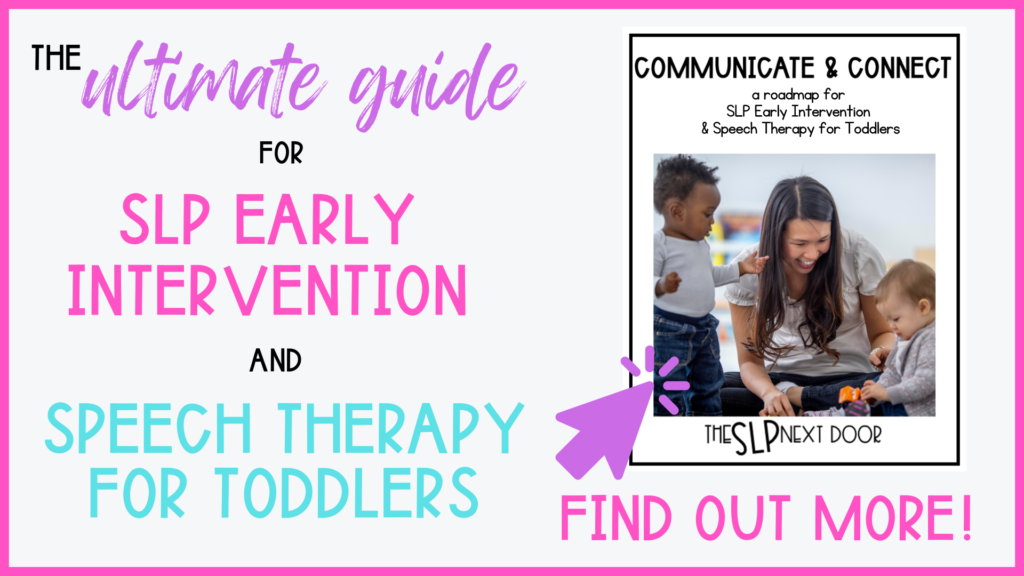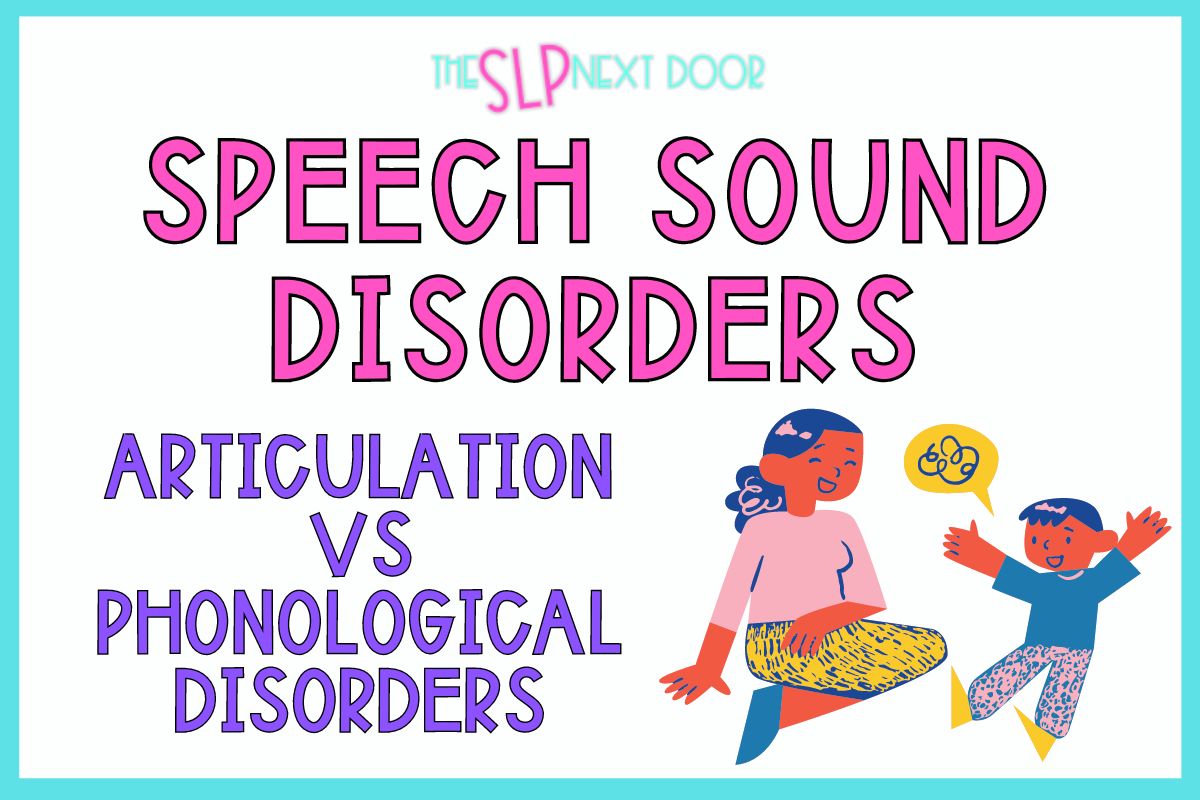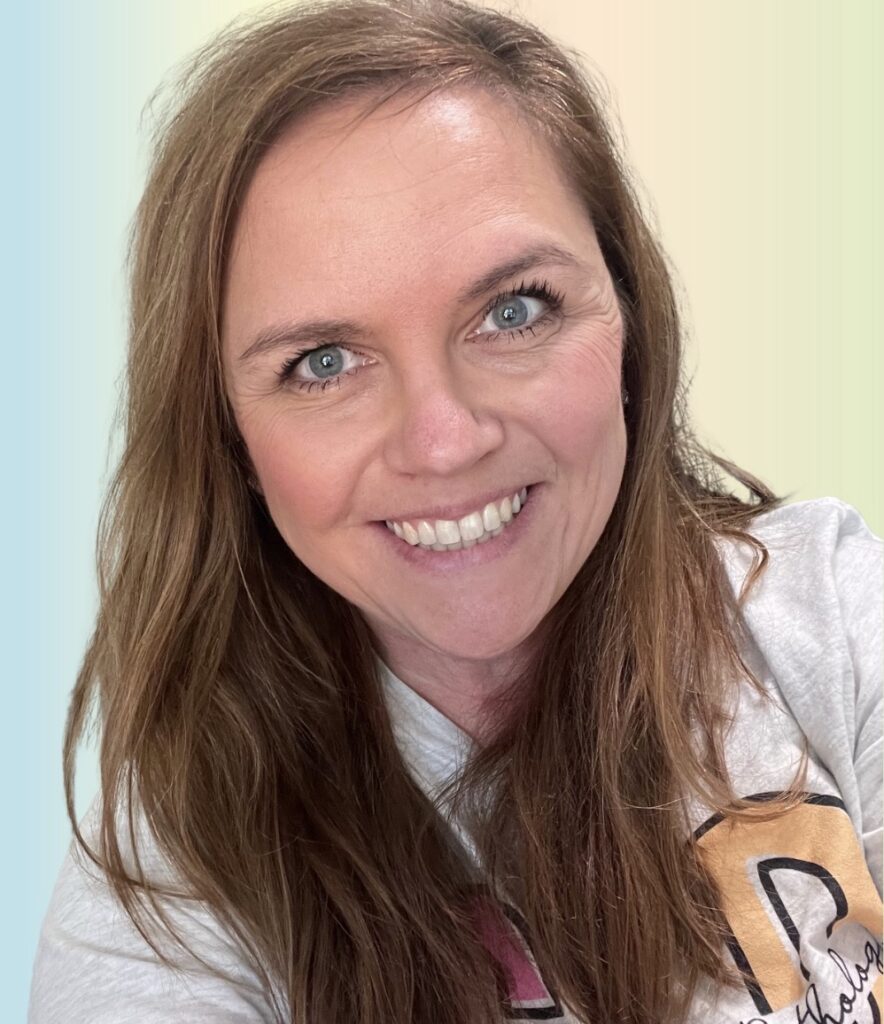Speech sound disorders are any difficulties or combination of difficulties with perception, motor production, or phonological representation of speech sounds and speech segments. [ASHA] Speech Sound Disorders can be divided into two major categories: organic and functional.
Organic Speech Disorders
Organic Speech Sound Disorders are based on motor/neurological deficits or differences, structural differences, or sensory/perceptual differences.
Motor/Neurological speech sound disorders result from difficulties with execution and motor planning. Dysarthria and apraxia of speech are examples of motor/neurological speech sound disorders.
Structural speech disorders are speech difficulties caused by structural abnormalities. Examples include cleft palate, children with orofacial abnormalities, or structural deficits related to traumatic events or surgery.
Sensory/Perceptual speech sound disorders result from a disorder in sensory or perception. Speech difficulties caused by hearing impairment are an example.
Functional Speech Disorders
Functional speech disorders are related to the motor production of speech sounds and the linguistic aspects of speech production. There are no obvious causes when it comes to functional speech sound disorders. However, there are some risk factors to consider:
- child’s gender
- complications with the mother’s pregnancy or delivery
- family history of speech difficulties
- persistent ear infections
Functional speech disorders are also referred to as articulation disorders and phonological disorders.
Articulation vs Phonological Disorders
Articulation disorders focus on errors in the production of individual speech sounds. Children with an articulation disorder can’t coordinate their oral mechanisms [their lips, mouth, tongue, or breath support] to produce certain sounds. Subsequently, they may form distorted speech sounds or swap out sounds they can’t make. Substitutions and distortions are examples of articulation disorders.
On the other hand, phonological disorders focus on predictable, rule-based errors that affect more than one sound. In other words, children produce sounds correctly but have trouble putting sounds together to form words correctly. Examples of phonological disorders are fronting, stopping, and final consonant deletion. Some phonological errors are developmentally appropriate, but most should be resolved by age 4.
Of course, a child may also have an articulation and a phonological disorder simultaneously.
Screening and Assessment
Screenings are conducted whenever a speech sound disorder is suspected or as part of a. evaluation for a child with communication concerns. The screening aims to identify individuals who require further speech-language assessment and/or referral for other professional services.
Comprehensive Assessments look at the child as a whole. They are conducted using standardized and non-standardized material and formal or informal assessments. In comprehensive assessments, we look at the child’s strengths and weaknesses in speech and language development. We also check for any co-existing deficits or conditions, any limitations for participation the child may have, and personal/environmental factors that may be impacting a child’s development.
Comprehensive assessments include case history, oral mech exams, assessment of a child’s speech sounds, intelligibility, the errors they exhibit, and if they’re stimulable for any of the sounds when provided a model. Additionally, we will asses different speech perception tasks, a phonological processing assessment may be provided, as well as a language assessment.
Treatment of Speech Sound Disorders
Multiple treatments exist for speech sound disorders. Here’s an extensive list of treatment options. This link also includes more information on speech sound disorders, articulation, and phonology from ASHA.
As with language development, when it comes to treatment, we have to decide what to do based on the child we are evaluating. We look at the child’s areas of strength and weakness. Sometimes, the first approach we try will work, and other times, it will take multiple attempts at different approaches before we finally see progress.




One Response